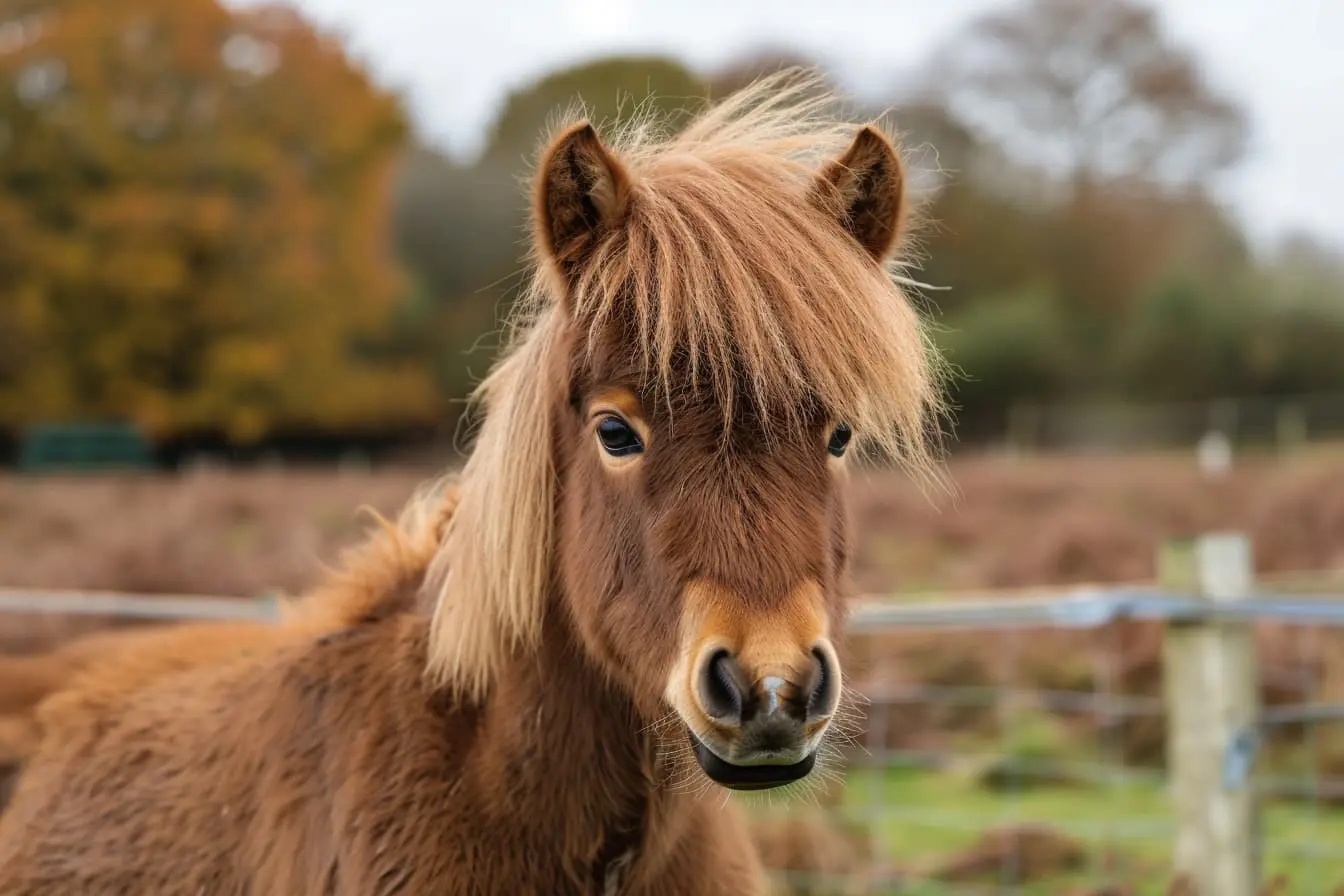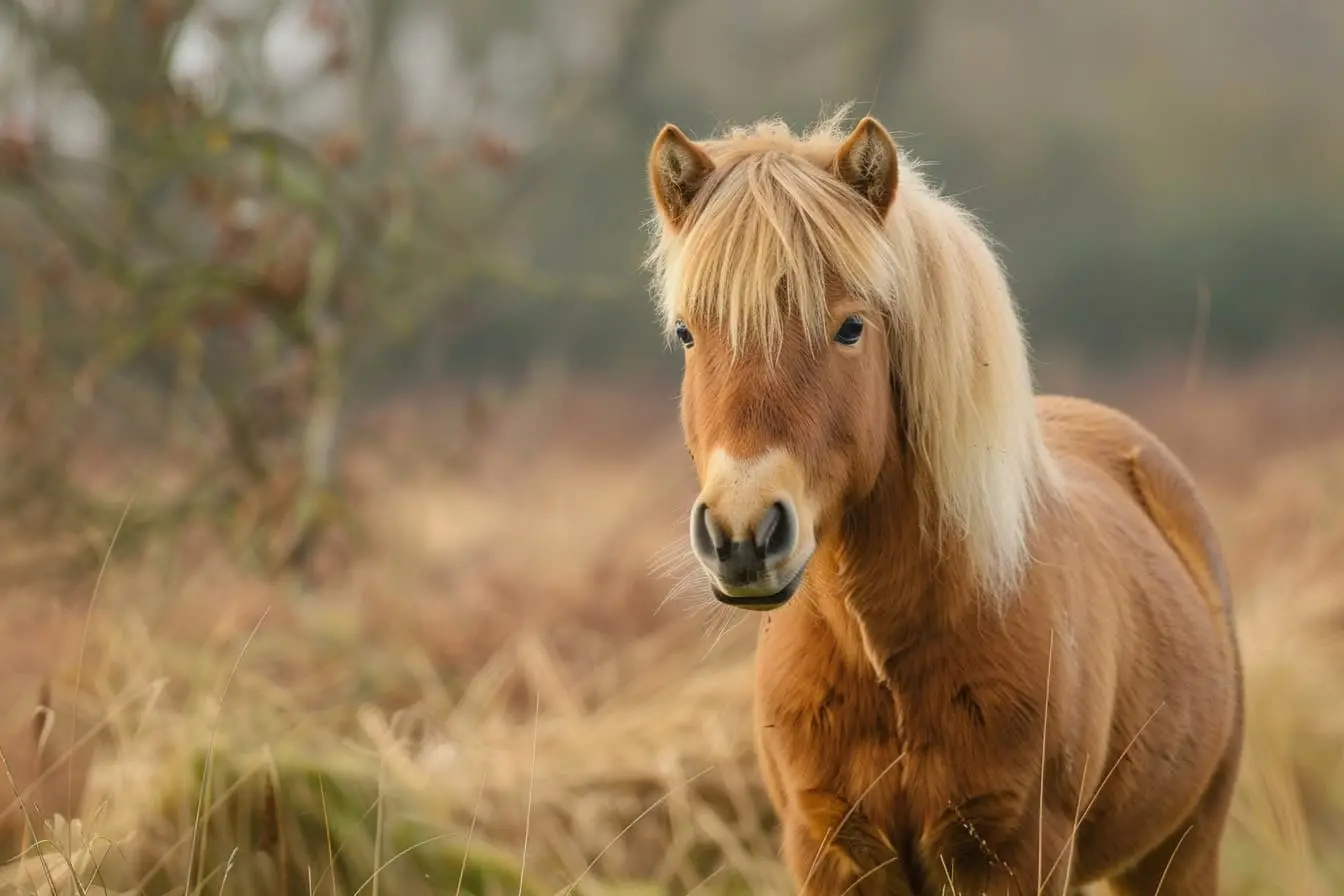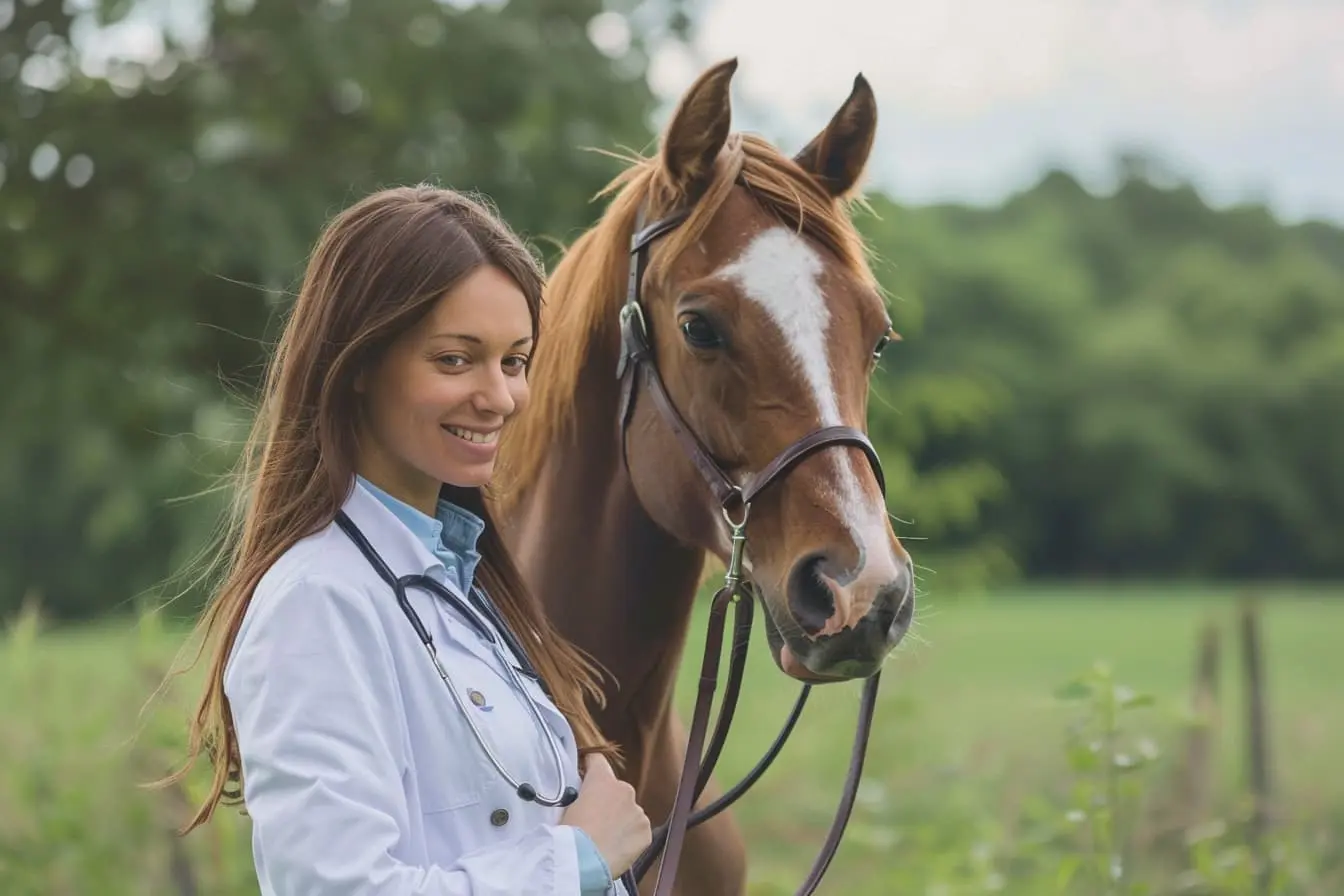
Understanding Your Horse's Body Language: A Guide for New Owners
As a new horse owner, establishing a strong bond with your horse is pivotal for a harmonious relationship. One key aspect of building this connection is learning to interpret your horse's body language. Horses, like humans, communicate their feelings, desires, and discomfort through non-verbal signals. This guide aims to provide you with the foundational knowledge to understand these signals, enhancing your interaction with your equine friend.
The Eyes and Ears: Windows to the Soul
A horse’s eyes and ears are the most expressive parts of its body. Eyes that are wide open with the whites showing can indicate fear or excitement, whereas soft, relaxed eyes suggest contentment. The direction and movement of the ears can also provide insights. Ears that are pricked forward show interest, while ears that are pinned back might indicate irritation or anger. It's essential to pay attention to these subtle cues to gauge your horse's mood and react accordingly.
The Nose and Mouth: Signs of Relaxation or Stress
The nose and mouth area can also tell you a lot about how your horse is feeling. A relaxed horse may have a soft, slightly open mouth, occasionally letting out sighs. In contrast, a horse experiencing stress might display a tight, closed mouth, flared nostrils, or even grind its teeth. These signs can be particularly useful during training sessions or when introducing your horse to new environments.
The Tail: An Indicator of Emotion
A horse's tail, much like a dog's, can be a significant indicator of its emotional state. A gently swishing tail usually indicates relaxation, while a tail held high might suggest excitement or alertness. If your horse is swishing its tail vigorously, it could be a sign of irritation, often due to flies, but sometimes it can also indicate pain or discomfort.
Posture and Movement: The Overall Picture
The overall posture and movement of your horse provide crucial clues about its well-being and mood. A relaxed horse will have a loose, comfortable stance, possibly with one back foot resting. A horse feeling threatened or scared may adopt a more rigid posture, with its head raised high and muscles tensed. Understanding these postures will help you recognise when your horse is comfortable or when it might need reassurance and calm.
Interaction with Other Horses: Social Cues
Observing how your horse interacts with other horses can also offer valuable insights. Horses are social creatures, and their behaviour towards each other can tell you about their social standing, mood, and even health. Friendly behaviours include mutual grooming and standing head-to-tail to swat flies off each other, while aggressive interactions might involve biting, kicking, or chasing.
Conclusion
Learning to interpret your horse's body language is a journey that requires patience, observation, and practice. By understanding these non-verbal cues, you can develop a deeper, more empathetic connection with your horse, ensuring both their well-being and a joyful, rewarding relationship for you both. Remember, each horse is unique, and spending quality time with your equine companion is the best way to learn about their individual personality and communication style.
Vets near you
Speciality vets
- Aquatics vet specialists
- Birds vet specialists
- Camelids vet specialists
- Cats vet specialists
- Cattle vet specialists
- Deer vet specialists
- Dogs vet specialists
- Equines vet specialists
- Exotic vet specialists
- Goats vet specialists
- Pigs vet specialists
- Poultry vet specialists
- Sheep vet specialists
- Small Mammals vet specialists
- Wild vet specialists



